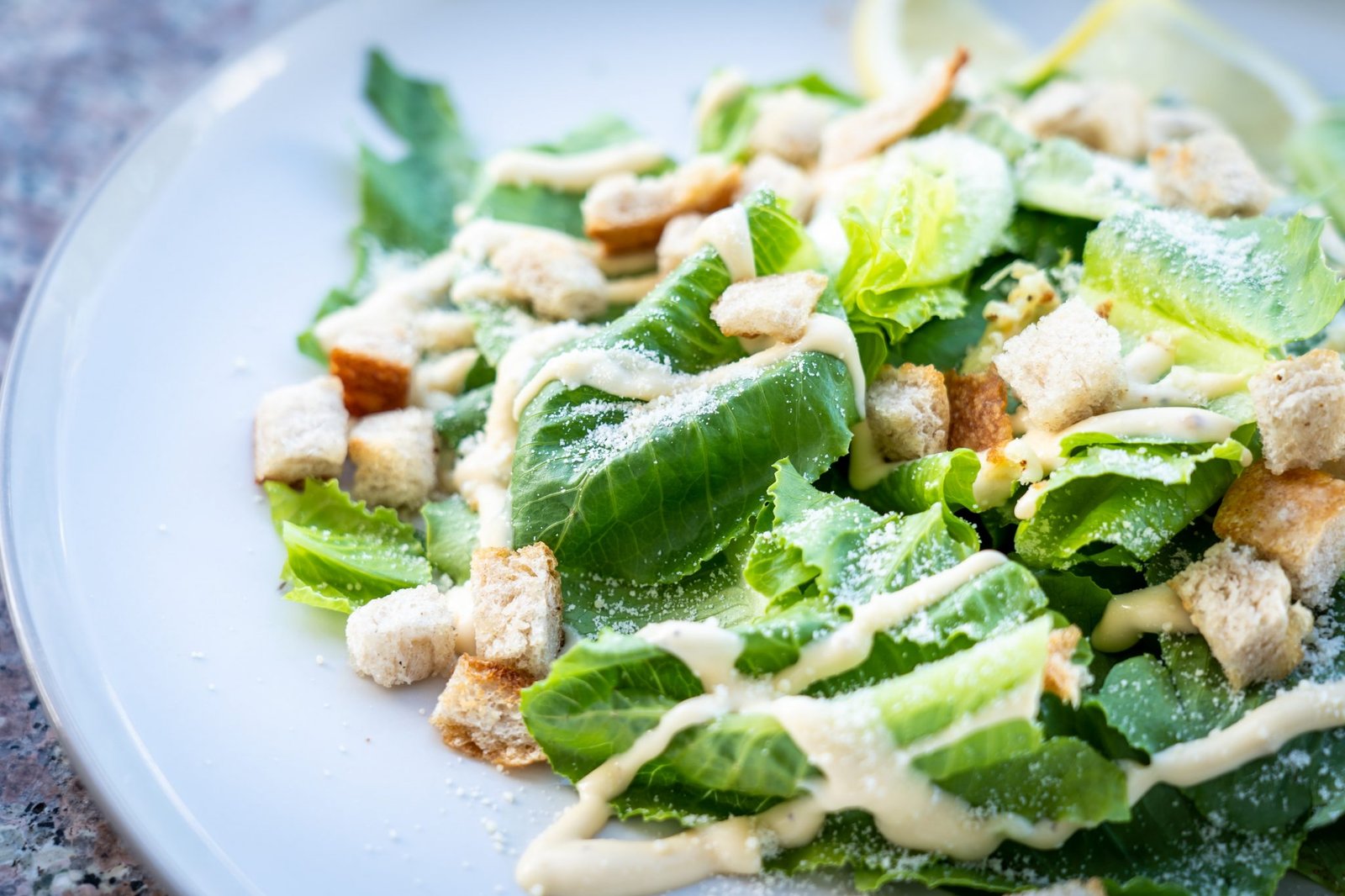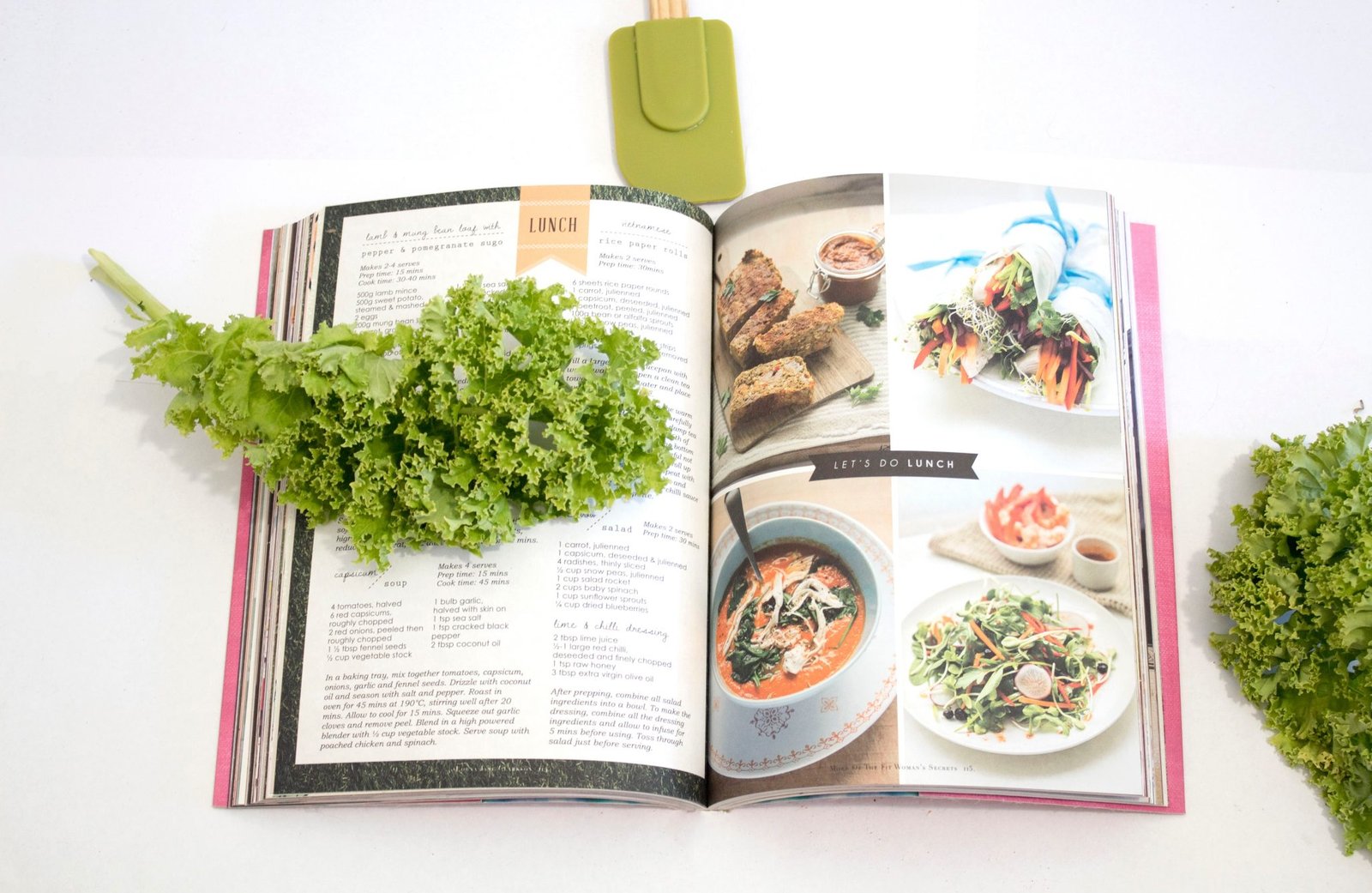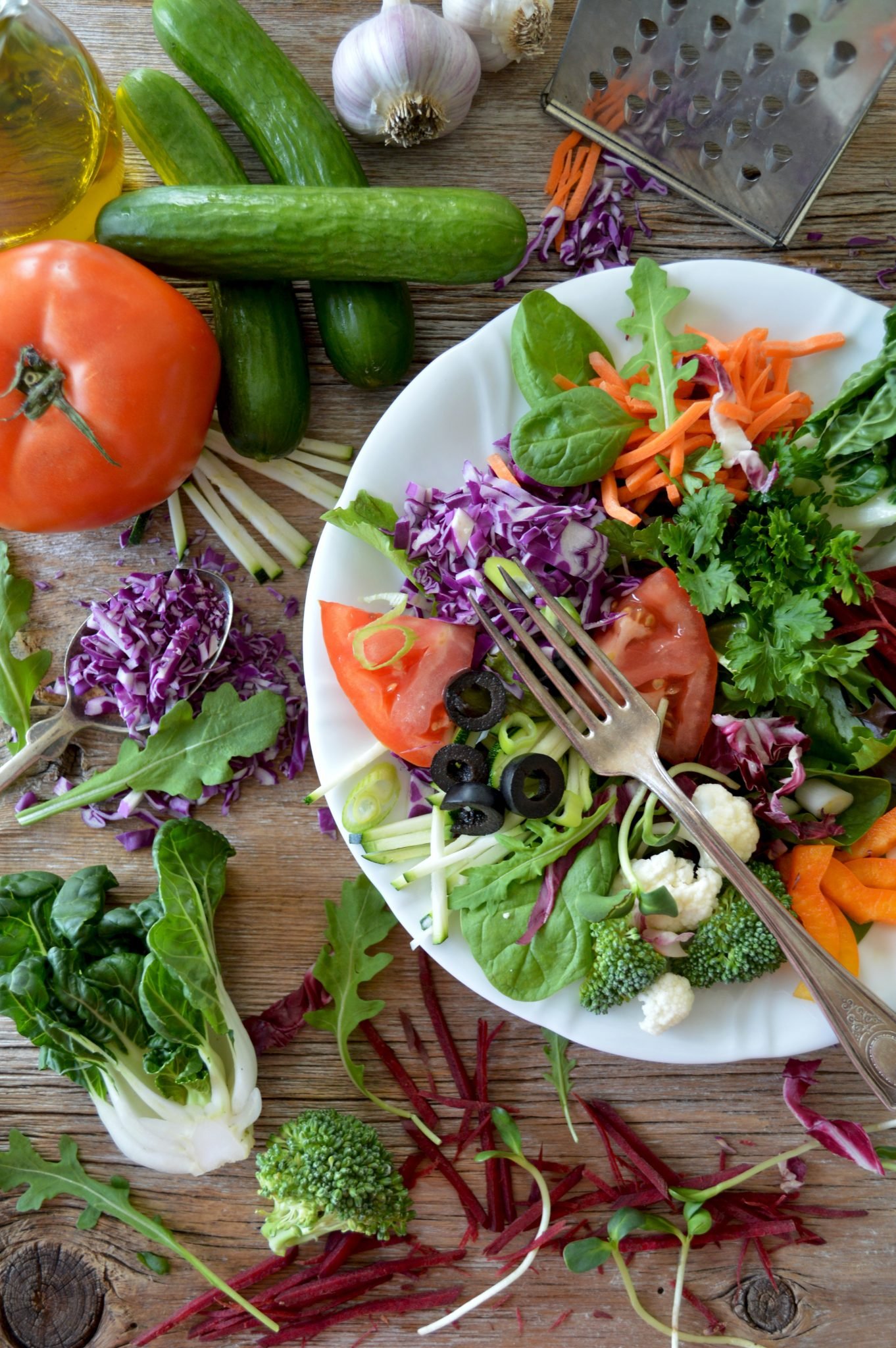
Transition Tips For Going Vegan
Going vegan is not just good for you, but is better for the planet as a whole.
The meat industry is the biggest contributing factor to deforestation, carbon emissions, and of course, animal cruelty. Transitioning to a vegan lifestyle can be challenging if you’re used to consuming meat and dairy on a daily basis. Many people try out the lifestyle only to revert back to being an omnivore because they did little research and jumped straight into it without taking into account how to deal with cravings and where to find affordable replacements for everyday condiments.

If there’s one item of food that you think you can’t live without, this is known as your barrier food, which you will have to find a replacement for before you jump on the bandwagon.
Without further ado, here’s how to transition to veganism based on expert tips.
Read up on Veganism
You’ve probably heard the terms plant-based and veganism used interchangeably, and while they do have the diet in common, the two terms are not synonymous. Veganism is a lifestyle that compels you to make diet changes for ethical reasons, while plant-based diets focus on healthy eating. If you want to go vegan, this means the changes you make to your lifestyle will go beyond what you can and cannot eat.

Any items that exploit animals or use animal products, including beauty products, medicine, and supplements are not considered vegan. So while the diet may be the biggest challenge of this transition, you’ll find more obstacles that can get in the way of leading an ethical, eco-conscious life. Luckily, because veganism is taking the world by storm, the transition is
Start finding alternatives
If you want to stick to your new lifestyle, you’re going to want to find alternatives for many of the ingredients that you use. If you love lattes, baked goods, and cheeses, there are luckily vegan replacements that you can find at your local supermarket. Some of them may be a bit too pricy, so you may also want to look up how to make them at home. For instance, almond milk is as simple as blending soaked almonds with four cups of water and draining out the pulp, cheese can be made from tofu and miso, and cakes can be baked using egg replacement powder that you can find for cheap.

However, you may want to go easy on the meat replacements like Beyond sausages and the Impossible burger. If you like eating out, your options might be limited if you live in a coastal town in the UK. The reviewers from https://vegomm.com/ recommend doing a quick search on the best vegan restaurant in your area before heading out if you plan to have a meal with friends. If you don’t, you might end up eating a salad every time you go for brunch.
Avoid intuitive eating
With the veganism wave comes the Modern Age spirituality that swears by the benefits of intuitive eating. This belief claims that whatever your body craves is a bodily need that you need to respond to. Unsurprisingly, the myth has long been debunked. If you crave fries or pizza, that certainly doesn’t mean that your body “needs” these foods; it’s simply a longing for a familiar delicious meal.
Fortunately, cravings subside after the first couple of months. As you find new recipes that you enjoy, you’ll find that you naturally crave new foods that your body grows familiar with. You should always be mindful of what you eat and not simply consume anything you feel like having if it’s not nutritious.
Gradually Increase Fiber
One of the less-talked-about struggles of transitioning to a vegan diet is rapid bowel movements, lots of gas, and bloating. In the first two weeks, you might feel lighter and more energetic. However, a couple of months in, you’ll find yourself more bloated and gassy than usual.
This is a sign that you’re eating too much fiber. While our bodies are designed to digest a massive amount of fiber content, the transition from eating meats to veggie and fruit replacements can “shock” your digestive system. This is why you need to drink lots of water as well, seeing as fiber content can dehydrate you if you don’t consume enough liquids. Start by gradually adding leafy greens and vegetables and work your way up. Avoid a raw vegan diet while transitioning, but include more raw foods gradually.

Adopting a vegan lifestyle is easier said than done. The biggest challenge for most people is, surprisingly, cutting out dairy. Luckily, you can find all kinds of healthy dairy alternatives at your local supermarket. If you have any nut or soy allergies, make sure you read the ingredients on the items you buy, as many vegan kinds of cheese contain allergens. If you start to feel bloated in the first few weeks, ease up on raw foods and try to include them in your diet more gradually.









